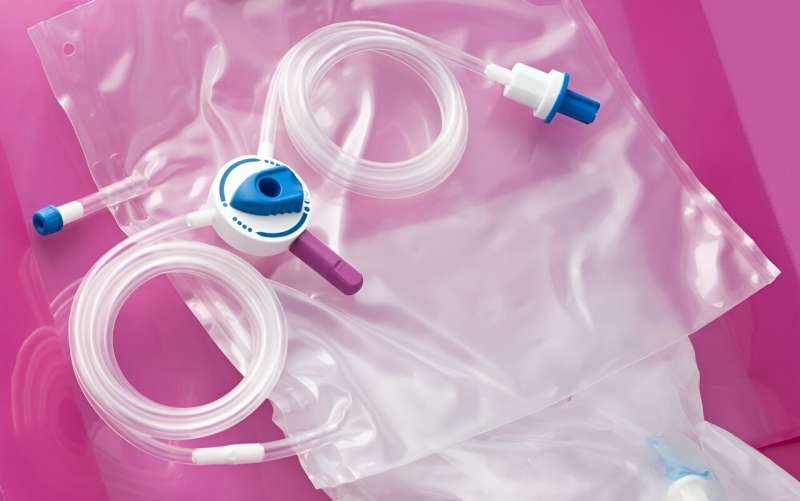Cardiovascular
Mean platelet volume linked to mortality in peritoneal dialysis patients
For patients treated with peritoneal dialysis (PD), mean platelet volume (MPV) is associated with all-cause mortality and cardiovascular mortality, according to a study published online Nov. 8 in BMC Cardiovascular Disorders.
Jianghai Wang, from the Dongying People’s Hospital in China, and colleagues estimated the relationship between MPV and all-cause and cardiovascular mortality among 1,322 patients treated with PD. The associations were assessed in three models: Model 1 was unadjusted; model 2 was adjusted for age, gender, Charlson comorbidity index, diabetes, hypertension, premorbid cardiovascular diseases, body mass index, and antiplatelet medication; and model 3 had further adjustment for hemoglobin, albumin, triglyceride, high-density lipoprotein cholesterol, and low-density lipoprotein cholesterol.
A total of 360 deaths were recorded during a median follow-up of 50 months. The researchers found that the risk for all-cause mortality was considerably higher among patients with MPV ≥10.2 fL in all three models (hazard ratios, 0.68, 0.70, and 0.73, respectively). The risk for cardiovascular mortality was also higher among patients with MPV ≥10.2 fL in models 1, 2, and 3 (hazard ratios, 0.63, 0.66, and 0.69, respectively).
“Our findings suggest that high levels of MPV (MPV ≥10.2 fL) is an independent hazards and biological marker for all-cause and cardiovascular mortality in patients treated with PD,” the authors write.
More information:
Jianghai Wang et al, Mean platelet volume and the association with all-cause mortality and cardiovascular mortality among incident peritoneal dialysis patients, BMC Cardiovascular Disorders (2023). DOI: 10.1186/s12872-023-03551-x
Copyright © 2023 HealthDay. All rights reserved.
Citation:
Mean platelet volume linked to mortality in peritoneal dialysis patients (2023, November 24)
retrieved 24 November 2023
from https://medicalxpress.com/news/2023-11-platelet-volume-linked-mortality-peritoneal.html
This document is subject to copyright. Apart from any fair dealing for the purpose of private study or research, no
part may be reproduced without the written permission. The content is provided for information purposes only.

